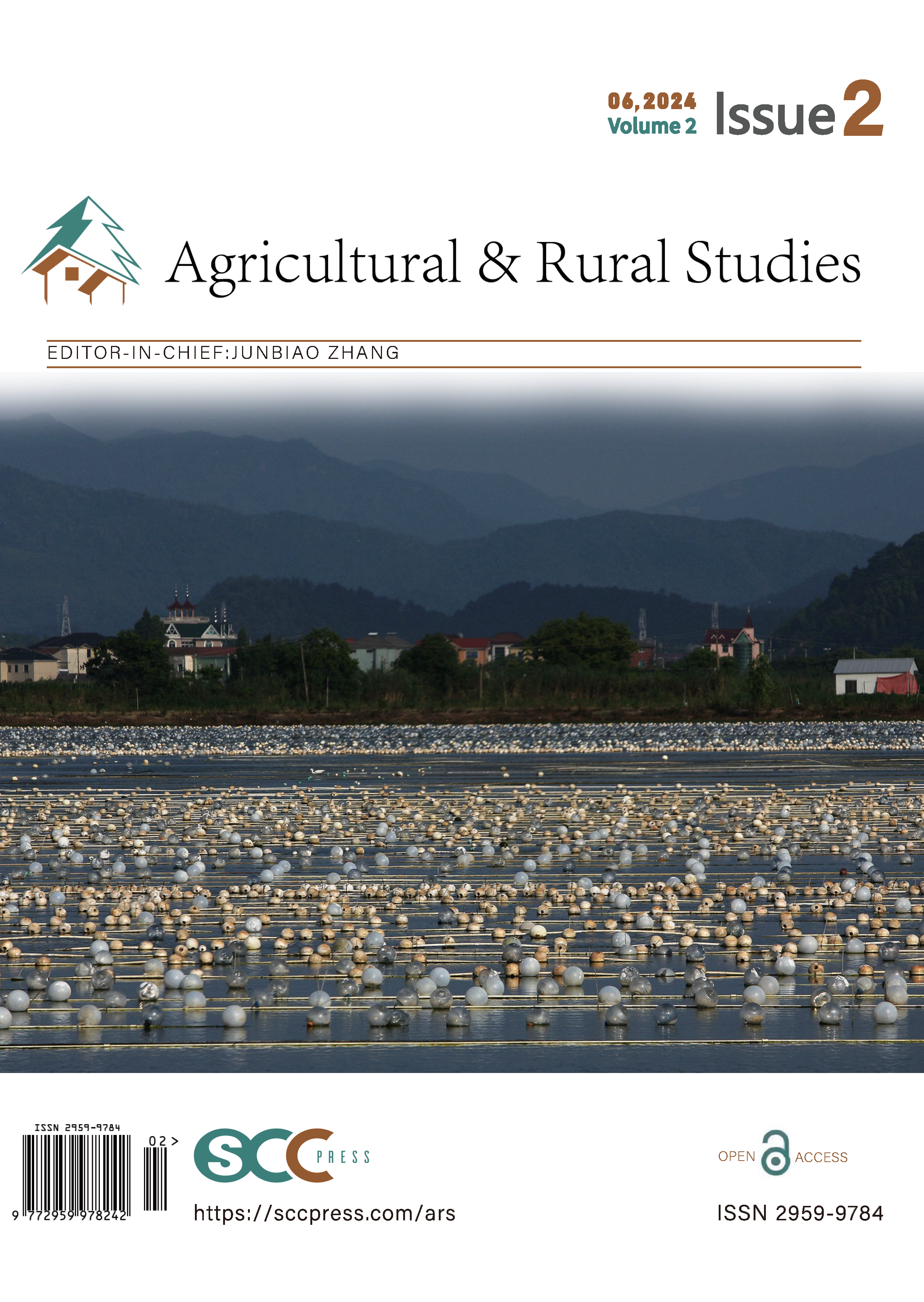Abstract
Abstract
The Covid-19 pandemic affected virtually every country in the world and many people’s lives. This research investigates the effect of Covid-19 on rural sports in the UK, specifically on the equestrian sport of endurance. Maslow’s hierarchy of needs is used to determine levels of emotional investment pre, during, and post Covid. Contrary to the upward trend of consumer spending on recreation over the past five years (Statista, 2022), Endurance GB paid membership has declined year on year with a large drop in 2020 as lockdowns hit the UK according to Endurance GB membership data. This was combined with questionnaires sent out to all current Endurance GB members in September 2021. Respondents were asked about how Covid-19 had affected the continuance of their sport. The results showed that 81% planned to join as normal next year but 18% were keeping an open mind and would re-join when things were back to normal. Secondary ride and membership data for 2022 showed that membership was tracking in line with 2019 and early season rides were full, indicating as much enthusiasm for the sport as there was pre-Covid. However, by mid-season memberships had dropped slightly and ride entries were lower than expected. Some membership patterns changed, with a large increase in registered supporters and riders doing pleasure rather than competitive rides. During Covid focus dropped from “belonging” to “safety and security” (Maslow’s hierarchy of needs), with the higher needs becoming redundant.
References
Barrett, D., & Coleman, R. (2021). Returning to Action: Evaluating Organisational Preparedness in the Wake of the Covid-19 Pandemic. Sport+ Recreation Alliance, Sheffield Hallam University.
https://sramedia.s3.amazonaws.com/media/documents/88a4060a-00cc-4ccc-89e7-1dbf9f910cd5.pdf
Boden, L. A., Parkin, T. D., Yates, J., Mellor, D., & Kao, R. R. (2013). An online survey of horse-owners in Great Britain. BMC Veterinary Research, 9. https://doi.org/10.1186/1746-6148-9-188
Crane, J., & Temple, V. (2014). A systematic review of dropout from organized sport among children and youth. European Physical Education Review, 21(1), 114–131. https://doi.org/10.1177/1356336X14555294
Dashper, K., & King, J. (2021). The outdoors and contested leisure terrain. Annals of Leisure Research, 25(3), 435–443.
https://doi.org/10.1080/11745398.2021.1899832
DiFiori, J. P., Green, G., Meeuwisse, W., Putikian, M., Soloman, G. S., & Sills, A. (2021). Return to sport for North American professional sport leagues in the context of COVID-19. British Journal of Sports Medicine, 55(8), 417–421.
https://doi.org/10.1136/bjsports-2020-103227
Fleming, P., Paisley, C., Barnes, A., & Wemelsfelder, F. (2013). Application of Qualitative Behavioural Assessment to horses during and
endurance ride. Applied Animal Behaviour Science, 144(1–2), 80–88. https://doi.org/10.1016/j.applanim.2012.12.001
Grix, J., Brannagan, P. M., Grimes, H., & Neville, R. (2020). The impact of Covid-19 on sport. International Journal of Sport Policy and Politics, 13(1), 1–12. https://doi.org/10.1080/19406940.2020.1851285
Hughes, D., Saw, R., Perera, N., Mooney, M., Wallett, A., Cooke, J., Coatsworth, N., & Broderick, C. (2020). The Australian Institute of Sport framework for rebooting sport in a COVID-19 environment. Journal of Science and Medicine in Sport, 23(7), 639–663.
https://doi.org/10.1016/j.jsams.2020.05.004
Jones, E. (2019, June 26). Number of riders is up but horse numbers drop, major survey reveals. Horse and Hound.
https://www.horseandhound.co.uk/news/number-uk-riders-horse-numbers-drop-major-survey-reveals-690369
Maditinos, Z., Vassiliadis, C., Tzavlopoulos, Y., & Vassiliadis, S. A. (2021). Sports events and the Covid-19 pandemic: Assessing runners’ intentions for future participation in running events–evidence from Greece. Tourism Recreation Research, 46(2), 276–287.
https://doi.org/10.1080/02508281.2020.1847422
Maslow, A. H. (1968). Toward a psychology of being (2nd Ed). New York, Van Nostrand.
McDonald, M. A., Milne, G. R., & Hong, J. B. (2002). Motivational factors for evaluating sport spectator and participant markets. Sport Marketing Quarterly, 11(2), 100–113.
Phillipson, J., Gorton, M., Turner, R., Shucksmith, M., Aitken-Dermott, K., Areal, F., Cowie, P., Hubbard, C., Maioli, S., McAreavey, R.,
Souza-Monteiro, D., Newbery, R., Panzone, L., Rowe, F., & Shortall, S. (2020). The Covid-19 Pandemic and its implications for rural economies. Sustainability, 12(10), 3973. https://doi.org/10.3390/su12103973
Skinner, J., & Smith, A. C. T. (2021). Introduction: Sport and COVID-19: Impacts and challenges for the future (Volume 1). European Sport Management Quarterly, 21(3), 323–332 https://doi.org/10.1080/16184742.2021.1925725
Staley, K., Randle, E., Donaldson, A., Seal, E., Burnett, D., Thorn, L., Forsdike, K., & Nicolson, M. (2021). Returning to sport after a Covid-19 shutdown: Understanding the challenges facing community sport clubs. Managing Sport and Leisure, 29(1), 107–127.
https://doi.org/10.1080/23750472.2021.1991440
Statista. (2023). Expenditure on sporting services and recreation in the UK 2005−2022.
Stowe, A., Upshaw, K., Estep, C., & Lanzi, R. G. (2022). Getting to the sandbar: Understanding the emotional phases of COVID-19 among college and university students. Psychological Reports, 125(6), 2956−2980 https://doi.org/10.1177/00332941211028105
Teare, G., & Taks, M. (2021). Exploring the impact of the COVID-19 pandemic on youth sport and physical activity participation trends.
Sustainability, 13(4), 1744. https://doi.org/10.3390/su13041744
Valev, Y. (2015). Planning the one year training process in equestrian sport endurance discipline. Activities in Physical Education and Sport, 5(2), 256–260.
Ward, A., Stephen, K., Argo, C., Watson, C., Harris, P., Neacsu, M., Russell, W., Grove-White, D., & Morrison, P. (2021). The human aspect of horse care: How the COVID-19 pandemic impacted the wellbeing of equestrian industry stakeholders. Animals, 11(8), 2163
https://doi.org/10.3390/ani11082163
Wolframm, I. A. & Meulenbroek, R. G. J. (2012). Co-variations between perceived personality traits and quality of interaction between female riders and horses. Applied Animal Behaviour Science, 139(1–2), 96–104. https://doi.org/10.1016/j.applanim.2012.03.006

This work is licensed under a Creative Commons Attribution 4.0 International License.
Copyright (c) 2024 Julie Jones

